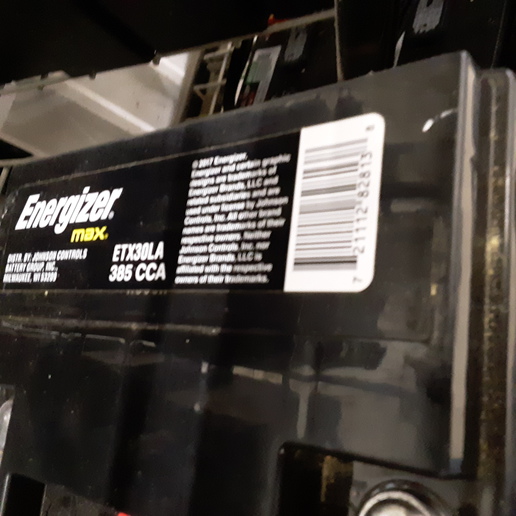As I think back about 50 years ago, to a time before big rounds and all our hay was put up as small square bales. Stacked in all manner of sheds and barns......anything with a tight roof. A lot of that on old loose residual hay over dirt on the lower level. I don't remember mold being such a problem then, but we were feeding it to beef cows, so perhaps it was and we didn't care?
Fast forward to about 3 years ago when I moved to where I am now. Open ground is used for horse hay and small square bales are stacked in a barn with cement floor. Bottom layer, if stacked on cement, goes bad quick. So default solution is to stack on used pallets to isolate hay from the floor. It works, but creates problems of a different kind. That requires hand stacking, which means finding reliable labor. A mechanical hay gathering solution, like a New Holland Stackliner / bale wagon, will probably not work. Havn't tried it, so not sure. If it does, please tell me how. Grapples might, provided the shape of the cluster is the same as the pallet layout. Otherwise, you are back to stacking on pallets by hand.
Back to the cement floor. I was curious why the floor would stay so wet, when it dawned on me the folks who built it placed it straddle of the head of a farm terrace. Surface water flows to it and is trying to flow under it. They put a drain through the terrace to divert the water, but it's not enough. They could have moved it 30 feet back and all would have been OK, but didn't. Curious that the same folks also built the house, which is placed on an elevated slab, with water flowing away from the house in all directions, and this slab is dry. This slab, in addition to being elevated, also had a vapor barrier placed on the gravel base, before the cement was poured. Lady I'm married to wanted to replace some old worn carpet with hardwood and we were told to test the floor first for moisture. Did that by taping a square of plastic to the cement. Taped down all four edges. Left it for a month, through wet and dry cycles and it never did show condensation under the plastic.
So it may be possible to have a dry cement floor in a hay barn by doing the same thing. Placing barn on a high and dry location, elevate the floor on a gravel base, put down a vapor barrier, then pour the floor. Even then, you might want to use pallets the first few years until the cement cures and dries out.
Or an elevated base of coarse rock (like 2 inch) might do the same thing. Not just a couple inches though......maybe 4 to 6 inches minimum? And perhaps put a vapor barrier under that too? That might permit mechanical equipment to drive on it. Or that might puncture the plastic too?
Lastly, this is a recurring problem with our end users, which are horse people. Have spoken to two of them and I'm now wondering if the design of the barns is not a part of their problem. They are mostly using low eave pole barns, with stalls on one side and hay stacked on the other. They might do better by going back to the old loft style barns, with hay stored above the center alley or off to one side. That gets stored on wood plank floors. To feed it, you drop it through chutes into stall mangers below.
Yet another problem for the horse people / end users is if they leave the nags in the stalls inside the barn. Horses create a gob and a bunch of moisture themselves. I leased my barn for a year or so and if she left them in the stalls overnight, under the right conditions, it would rain inside from all the condensation and frost that accumulated on the uninsulated metal roof. To make that work, barn may have to be well ventilated along the lines of a tobacco barn to let the moisture out. And insulation under the metal roof and ventilate the crap out of the barn.


